Table of content
Horse meat, a protein-rich ingredient with a long history in global cuisine, remains a subject of culinary fascination and debate. While its consumption is controversial in some cultures, it is cherished in others for its unique flavor, tenderness, and nutritional benefits. This article delves into the intricacies of preparing horse meat to perfection, exploring everything from selection and preparation to cooking techniques and flavor pairings. Whether you are a seasoned chef or a curious home cook, this guide will equip you with the knowledge to transform this often-misunderstood meat into a delectable dish.
Understanding Horse Meat: A Brief Overview
Horse meat, known as cheval in French or basashi when served raw in Japan, boasts a mild, slightly sweet flavor profile with a texture that ranges from tender to robust, depending on the cut. It is leaner than beef, with a deeper red hue and a distinct gamey undertone that some liken to venison or even beef. Nutritionally, it is rich in iron, vitamin B12, and omega-3 fatty acids, making it a healthy alternative to traditional red meats.
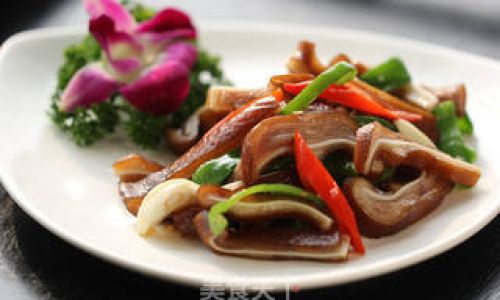
Historically, horse meat has been consumed across Europe, Asia, and parts of South America. In countries like France, Italy, and Japan, it is celebrated in gourmet dishes, while in others, cultural or ethical taboos limit its popularity. Regardless of perspective, mastering its preparation requires respect for the ingredient and an understanding of its culinary potential.
Selecting the Right Cut
The first step to delicious horse meat lies in selecting the right cut. Like beef, horse meat is divided into primal cuts, each suited to different cooking methods:
- Tenderloin (Filet Mignon): The most tender cut, located along the spine. Ideal for quick searing or grilling.
- Rump (Sirloin): A lean, flavorful cut perfect for roasting or pan-frying.
- Flank: A tougher, fibrous cut that benefits from slow cooking or braising.
- Shoulder: Rich in connective tissue, making it ideal for stews or ground meat.
- Ribeye: Marbled with fat, offering a balance of tenderness and flavor for grilling or roasting.
When purchasing horse meat, prioritize freshness. Look for bright red flesh with minimal discoloration and a firm texture. Avoid meat with a strong odor, as this may indicate spoilage. If possible, source from reputable butchers or specialty stores that adhere to ethical and hygienic standards.
Preparation Techniques: Tenderizing and Marinating
Horse meat’s leanness can make it prone to dryness if overcooked. Proper preparation is key to maximizing tenderness and flavor:
Trimming Excess Fat
While horse meat is lean, some cuts may have silverskin or tough membranes. Use a sharp knife to remove these, as they can become chewy during cooking.
Marinating
Marinating not only adds flavor but also helps tenderize the meat. Acidic ingredients like red wine, vinegar, or citrus juice break down tough fibers, while oils and herbs infuse depth. A classic marinade might include:
- 1 cup red wine (e.g., Cabernet Sauvignon)
- ¼ cup olive oil
- 3 garlic cloves, minced
- 2 sprigs fresh rosemary
- 1 tbsp black peppercorns
- 1 tbsp soy sauce (for umami)
Marinate tender cuts for 2–4 hours and tougher cuts overnight in the refrigerator. Avoid marinating longer than 24 hours, as the acid can toughen the meat.
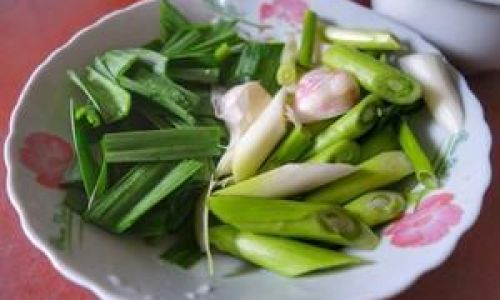
Mechanical Tenderizing
For budget-friendly cuts like flank or shoulder, use a meat mallet or jaccard tool to pierce the surface, allowing marinades to penetrate and breaking down muscle fibers.
Cooking Methods: From Sear to Simmer
The cooking method should align with the cut’s tenderness and desired outcome. Here’s a breakdown of techniques:
Searing (Pan-Frying or Grilling)
Best for: Tenderloin, ribeye, or sirloin.
Steps:
- Pat the meat dry to ensure a crisp crust.
- Heat a cast-iron skillet or grill to high heat (450–500°F/232–260°C).
- Sear for 2–3 minutes per side for medium-rare (internal temp 130°F/54°C).
- Rest for 5–10 minutes before slicing against the grain.
Pro Tip: Use a thermometer to avoid overcooking. Horse meat is best enjoyed medium-rare to medium.
Braising (Slow Cooking)
Best for: Flank, shoulder, or shank.
Steps:
- Sear the meat in a Dutch oven to develop flavor.
- Add aromatics (onions, carrots, celery) and liquid (broth, wine, or tomatoes).
- Simmer at 225–250°F (107–121°C) for 3–4 hours until fork-tender.
Flavor Boost: Add smoked paprika, juniper berries, or bacon for complexity.
Grilling
Best for: Thick steaks or kabobs.
Steps:
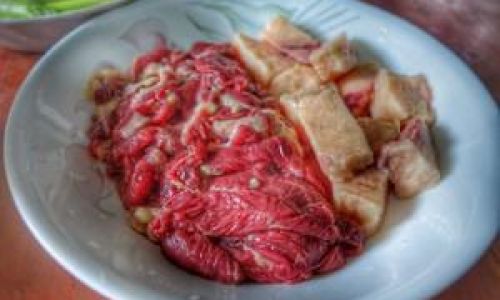
- Marinate and thread onto skewers (if cubing).
- Grill over direct heat, turning occasionally, until caramelized.
Pro Tip: Use wood chips (hickory, cherry) for smokiness.
Stewing
Best for: Ground horse meat or offal.
Steps:
- Brown the meat in a pot, then simmer with vegetables and herbs.
- Serve over polenta or mashed potatoes.
Seasoning and Flavor Pairings
Horse meat’s mild flavor allows for versatile seasoning. Experiment with:
- Herbs: Rosemary, thyme, sage, or bay leaves.
- Spices: Smoked paprika, cumin, or coriander.
- Aromatics: Garlic, shallots, or ginger.
- Acids: Balsamic vinegar, lemon juice, or pickled vegetables.
Global Inspirations:
- French-Style: Dijon mustard, red wine, and mushrooms.
- Japanese-Style: Soy sauce, mirin, and grated daikon.
- Italian-Style: Tomatoes, olives, and capers.
Serving Suggestions
Elevate your dish with complementary sides:
- Roasted Root Vegetables: Carrots, parsnips, and beets roasted with thyme.
- Creamy Polenta: A velvety base for braised meat.
- Sautéed Greens: Spinach or kale with garlic and chili flakes.
- Fresh Herb Salad: Arugula, parsley, and shaved fennel with lemon dressing.
Recipe Example: Braised Horse Meat with Red Wine and Cherries
Ingredients:
- 2 lbs horse shoulder, cubed
- 1 cup red wine
- 1 cup cherries (pitted, fresh or frozen)
- 1 onion, sliced
- 2 carrots, diced
- 3 garlic cloves, smashed
- 2 cups beef broth
- 2 tbsp butter
- 1 tbsp flour
- Olive oil, salt, pepper
Instructions:
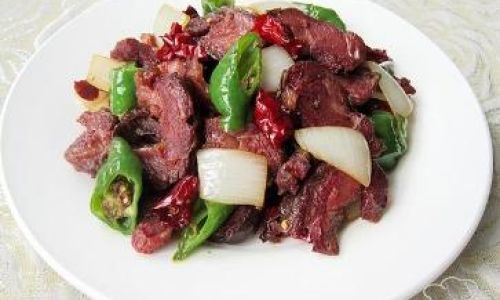
- Sear meat in oil until browned; set aside.
- Sauté onions, carrots, and garlic until soft.
- Deglaze with wine, scraping bits.
- Add broth, cherries, and meat; simmer 2.5 hours.
- Thicken sauce with butter-flour roux.
- Serve over mashed potatoes.
Ethical Considerations and Safety
If consuming horse meat, ensure it is sourced ethically. In some regions, horses may be raised specifically for meat, while in others, they are retired from racing or labor. Always verify the supplier’s practices.
Safety Tips:
- Cook to 145°F (63°C) for whole cuts, 160°F (71°C) for ground meat.
- Avoid cross-contamination with utensils and surfaces.
Conclusion
Cooking horse meat to perfection is an art that combines respect for the ingredient with culinary creativity. By selecting the right cut, mastering preparation techniques, and experimenting with flavors, you can unlock its potential as a versatile and delicious protein. Whether seared, braised, or stewed, horse meat rewards patience and precision with a dish that is as nuanced as it is satisfying. So, embrace the adventure, and let your kitchen become a stage for this timeless culinary tradition.

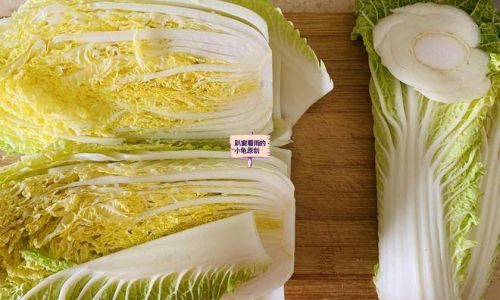
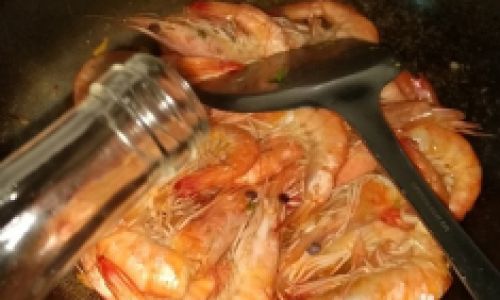
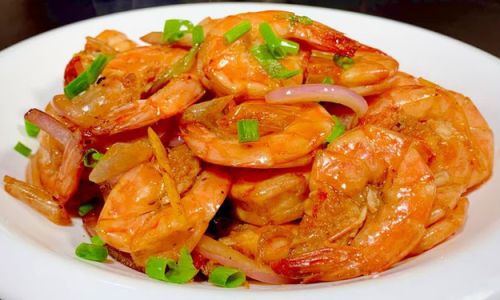
0 comments